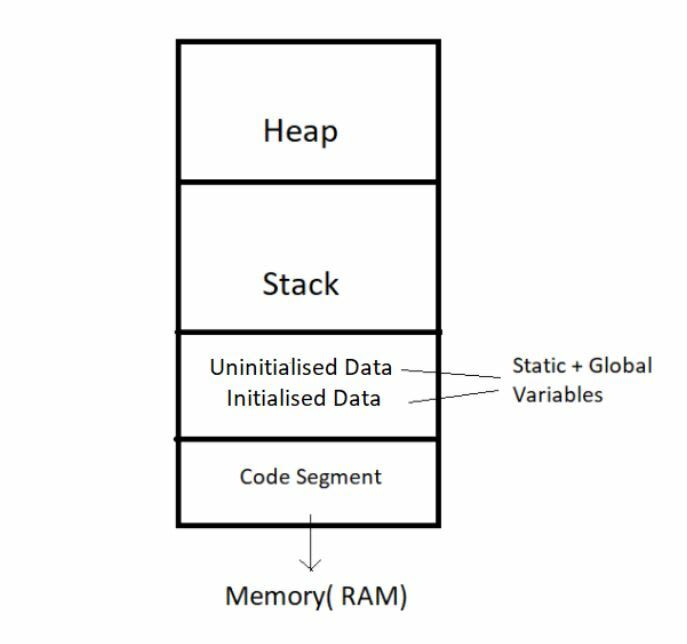An Interest In:
Web News this Week
- April 1, 2024
- March 31, 2024
- March 30, 2024
- March 29, 2024
- March 28, 2024
- March 27, 2024
- March 26, 2024
Introduction to Data Structures & Algorithms
Greetings everyone, and thank you for joining me on this new playlist of mine, Data Structures, and Algorithms. Youll learn everything needed to prepare for interviews, placements, and logic building in this course. This playlist will teach you how to create optimal solutions to your real-world problems. This course explores a broad range of data structures and algorithms. Furthermore, I have designed this course with the optimal requirements in mind and will try my best not to miss anything.
The only thing you need to know is the fundamentals of C/C++ to get started with this course.
Although you can start here, even if you know Java well. The reason for adhering to C or C++ is to be able to write the code from scratch. These are very recommended since they make it easy to understand the fundamentals of these theories.
Note
Do not forget to access the notes I have provided along with the course. So, without any further ado, let's start our Data structures and Algorithms journey.
Data Structures and Algorithms
Let's clear up our basics with these terms before deep diving into DSA. Data Structures and Algorithms are two different things.
Data Structures
These are like the ingredients you need to build efficient algorithms. These are the ways to arrange data so that they (data items) can be used efficiently in the main memory. Examples: Array, Stack, Linked List, and many more. You don't need to worry about these names. These topics will be covered in detail in the upcoming tutorials.
Algorithms
Sequence of steps performed on the data using efficient data structures to solve a given problem, be it a basic or real-life-based one. Examples include: sorting an array.
Some other Important terminologies:
Database Collection of information in permanent storage for faster retrieval and updation. Examples are MySql, MongoDB, etc.
Data warehouse Management of huge data of legacy data( the data we keep at a different place from our fresh data in the database to make the process of retrieval and updation fast) for better analysis.
Big data Analysis of too large or complex data, which cannot be dealt with the traditional data processing applications.
Memory Layout of C Programs:
- When the program starts, its code gets copied to the main memory.
- The stack holds the memory occupied by functions. It stores the activation records of the functions used in the program. And erases them as they get executed.
- The heap contains the data which is requested by the program as dynamic memory using pointers.
- Initialized and uninitialized data segments hold initialized and uninitialized global variables, respectively.
Take a look at the below diagram for a better understanding:
So, this was all for the beginning. Data Structures and Algorithms are not new concepts. If you have done programming in any language like C, you must have come across Arrays A data structure. And algorithms are just sequences of processing steps to solve a problem. :)
Thank you for being with me throughout the tutorial. I hope you enjoyed it. If you appreciate my work, please support.
Reference from codewithharry.
Original Link: https://dev.to/atultrp/introduction-to-data-structures-algorithms-167d
Dev To
 An online community for sharing and discovering great ideas, having debates, and making friends
An online community for sharing and discovering great ideas, having debates, and making friendsMore About this Source Visit Dev To


